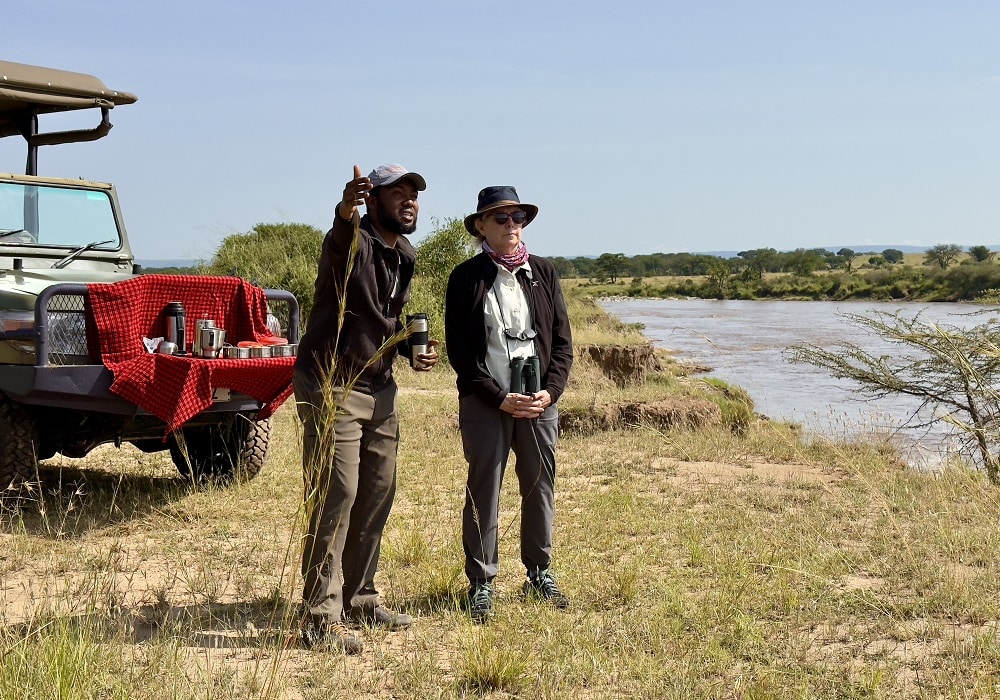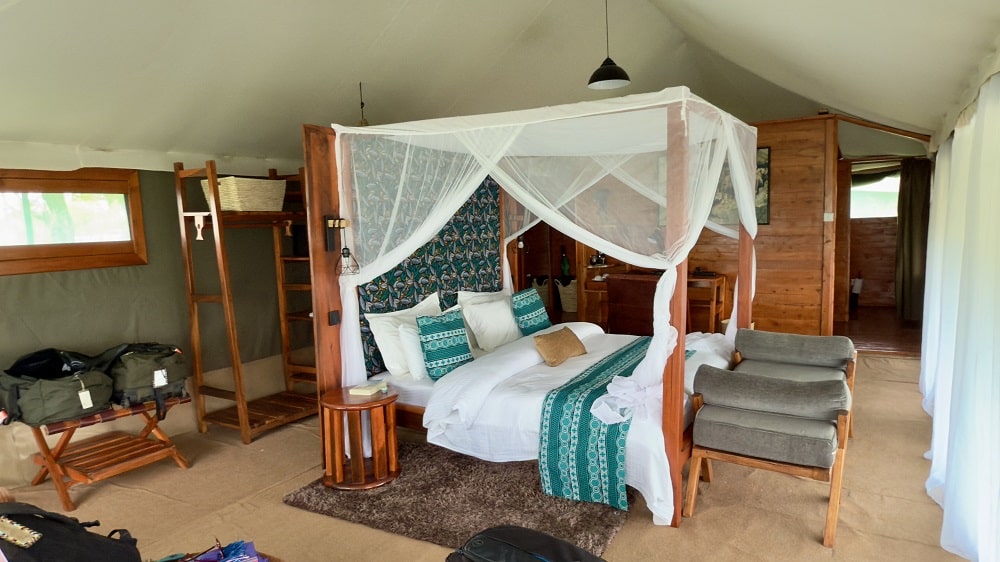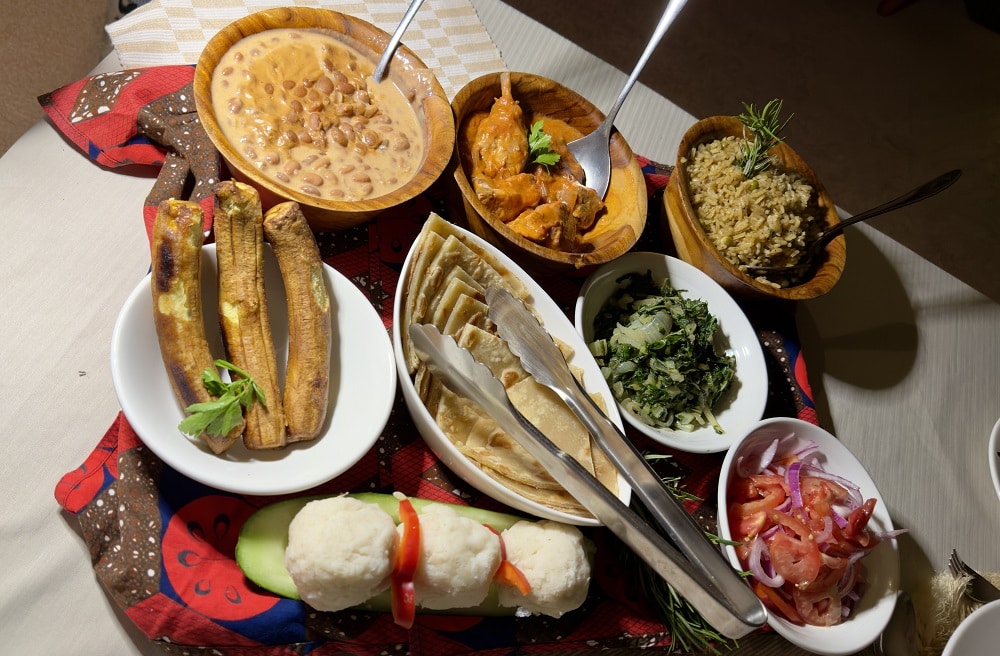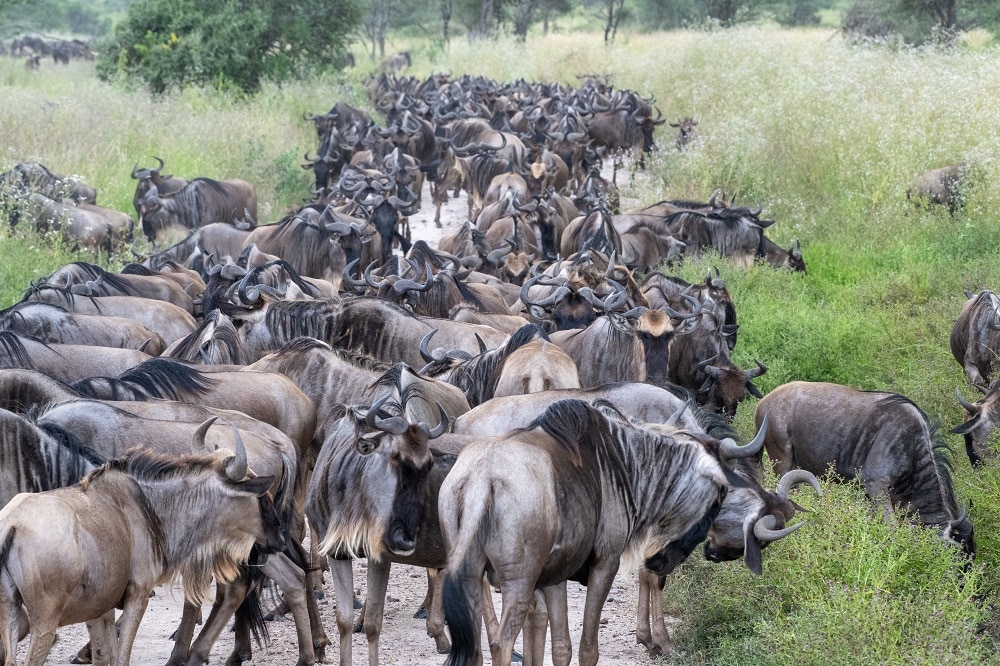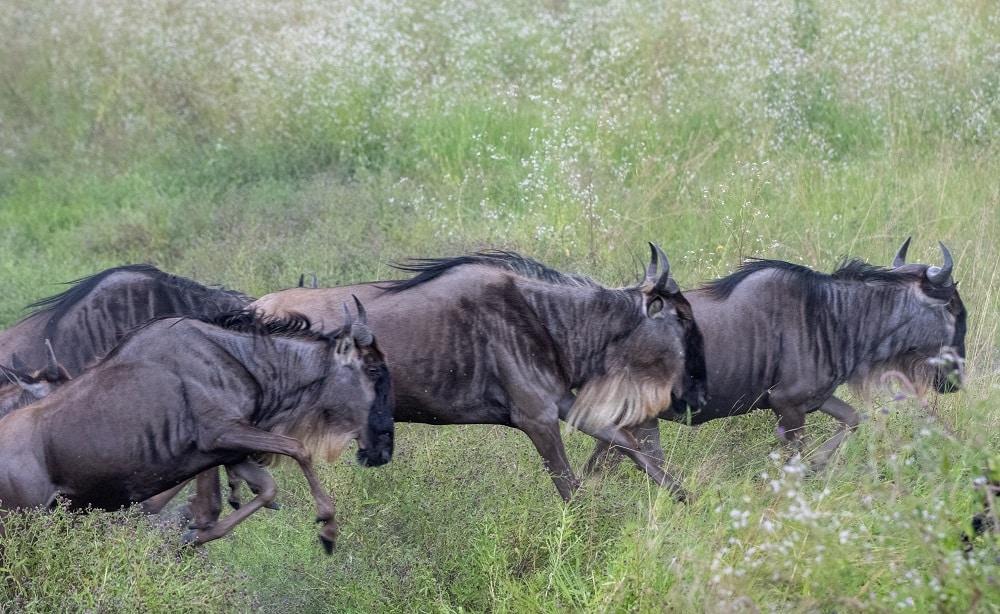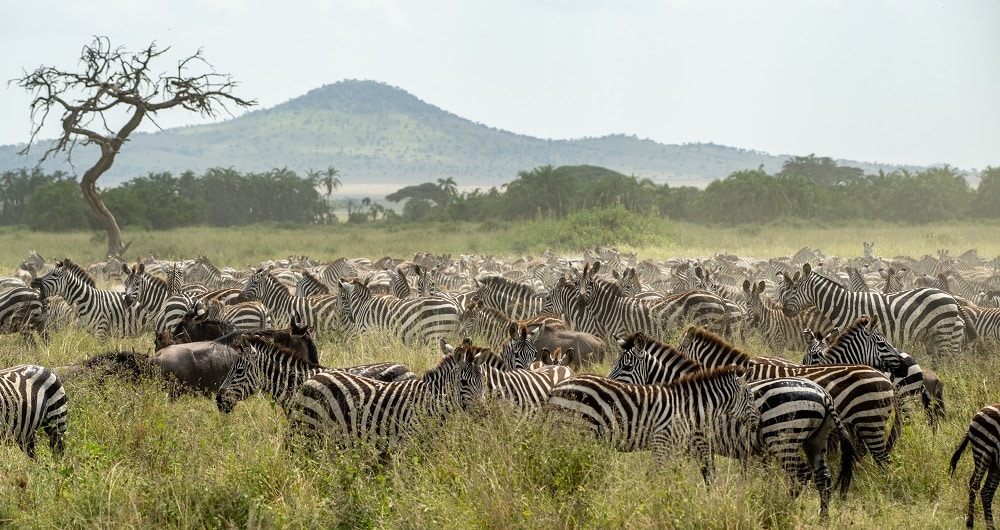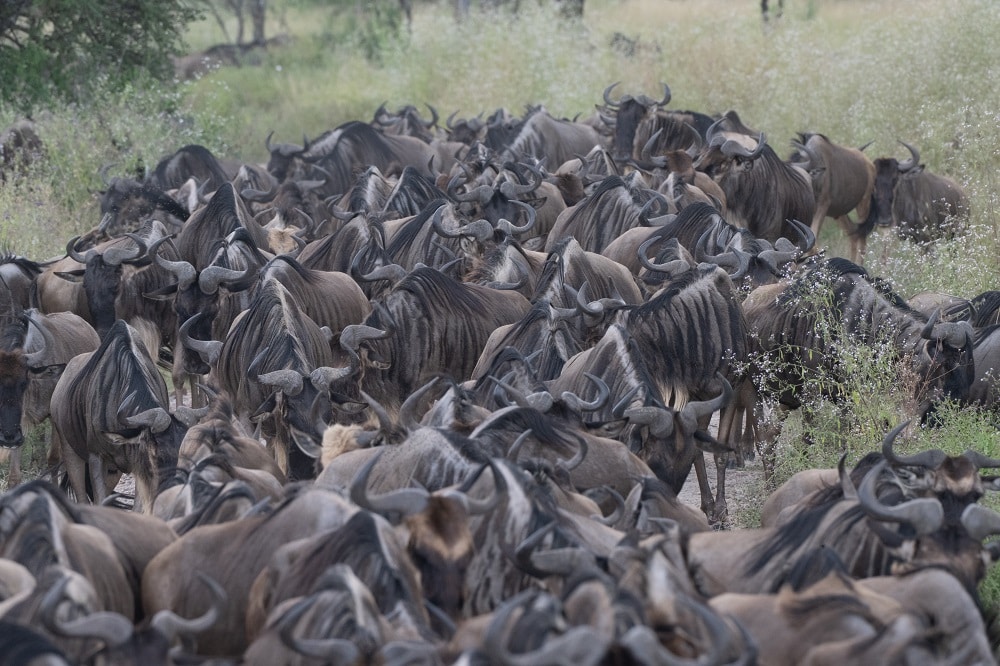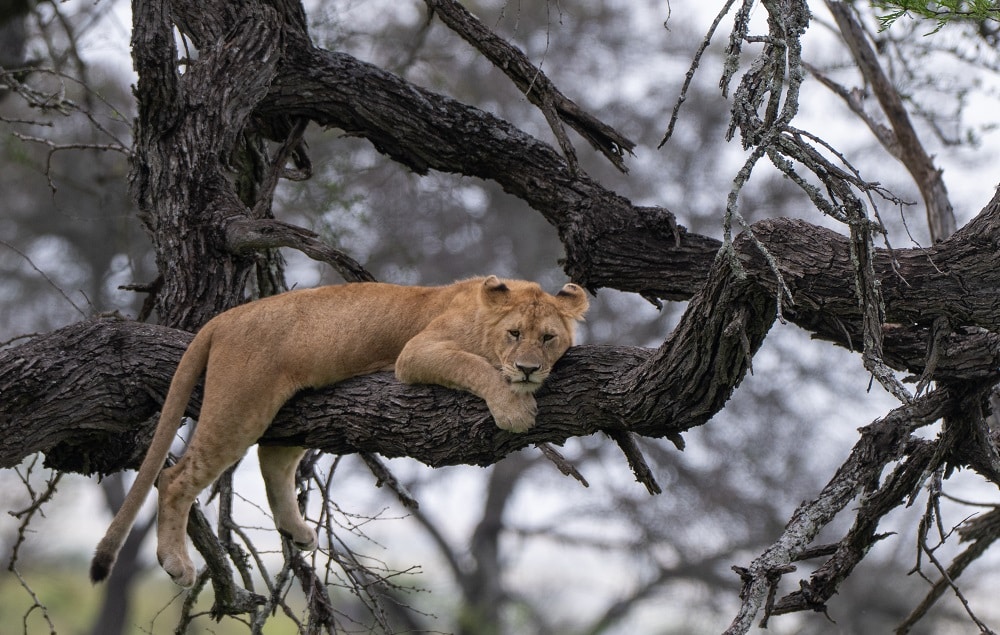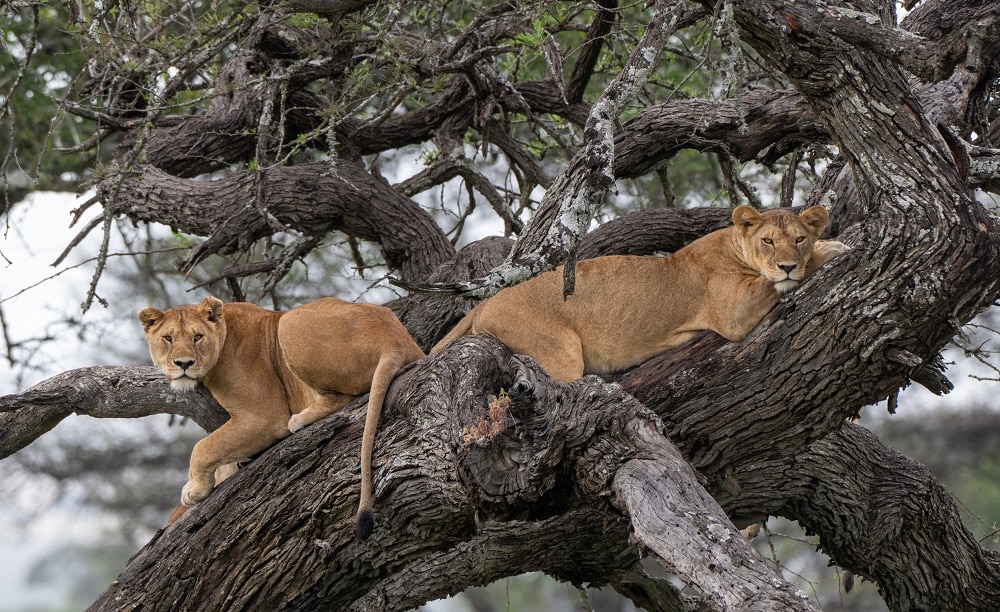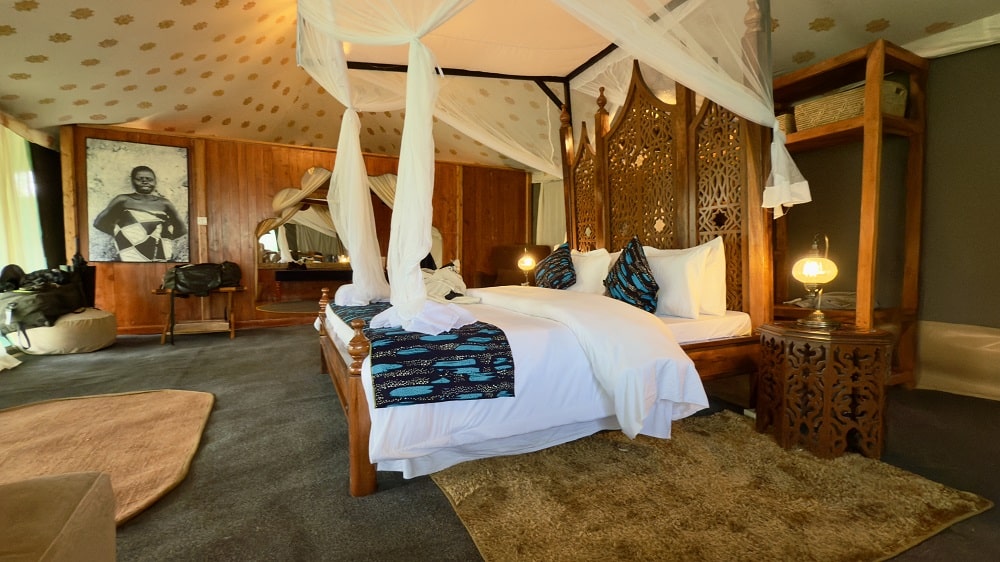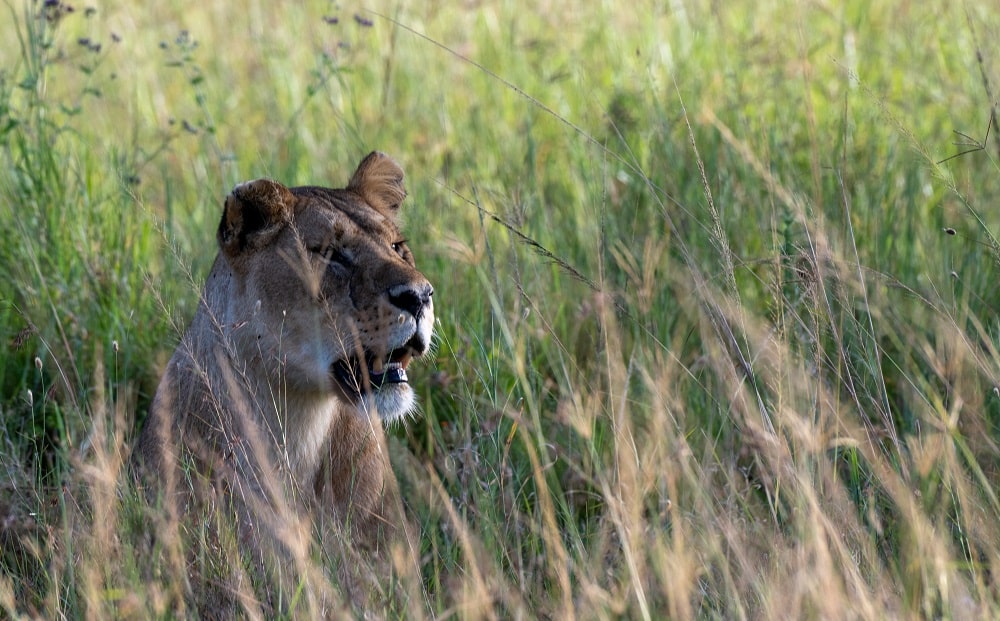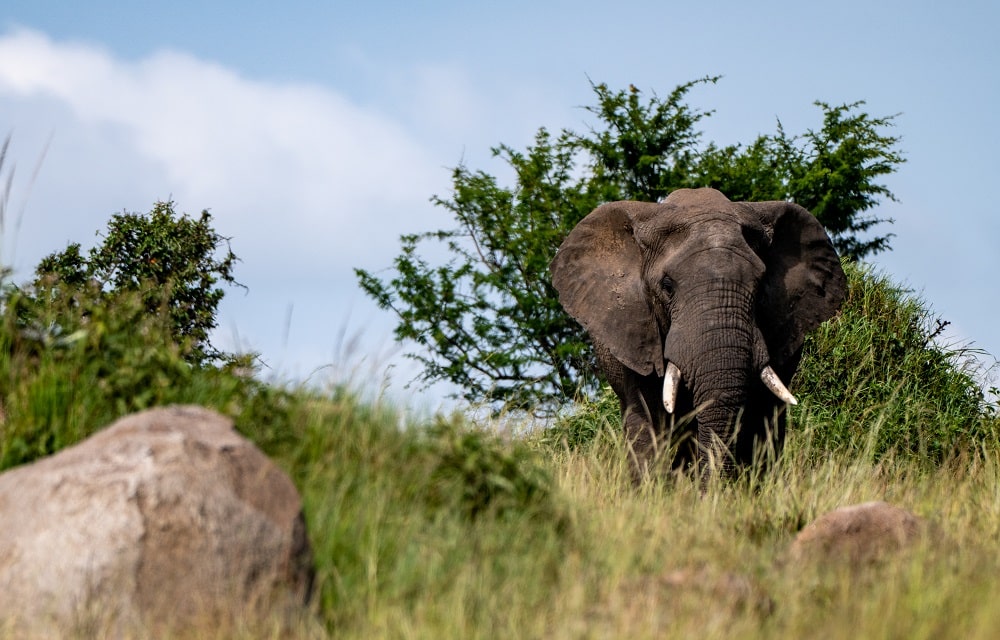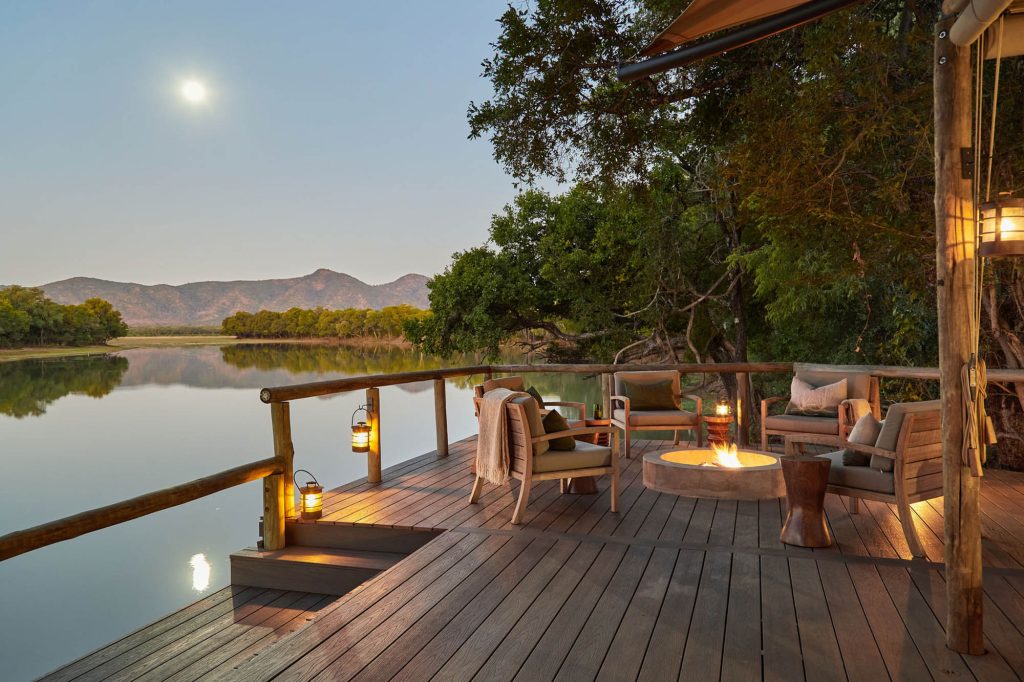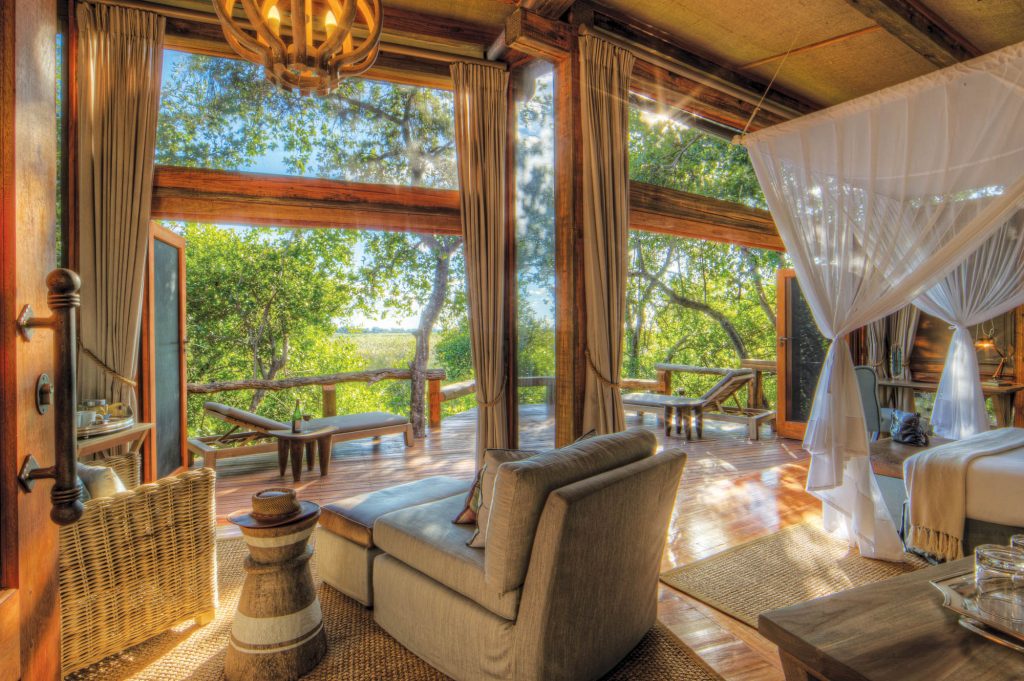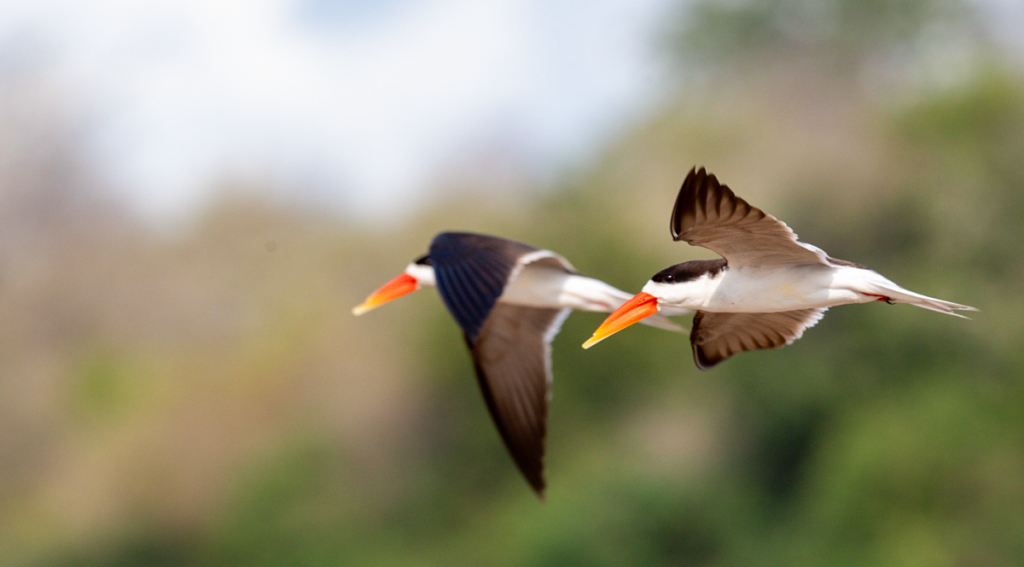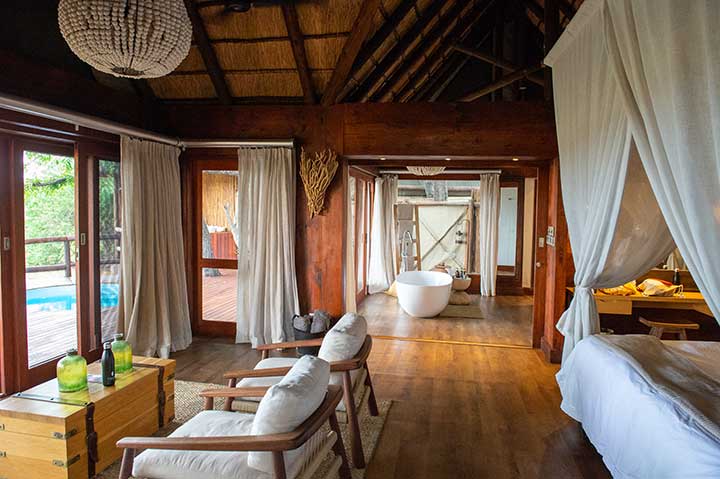Late May Serengeti Sojourn
The Serengeti is huge – immense even. And nowhere better to see that than from a window seat on a Cessna 208 ‘Caravan’ flying from Kilimanjaro/JRO to Kogatende in the far northern Serengeti. Twenty minutes from JRO to Kuro, Tarangire – our first stop. A solid hour from there to Grumeti in the western Serengeti. One more takeoff from a dirt airstrip and 35 minutes later we touched down in Kogatende.
Kaskaz Mara Camp
Our abode for the next two nights would be Nasikia’s Kaskaz Mara where camp manager John and his staff welcomed us about as warmly as it can be done. The camp is approximately 40 minutes by road from Kogatende airstrip. After the obligatory arrival briefing (don’t walk around unescorted at night, don’t drink the tap water), we were shown to our room. The classic tented room had tons of space with a separate shower and toilet. There was a king size bed with a mosquito net, decent lighting, and enough storage/packing space. The screened in patio/porch was a nice touch. The view from the room, over a massive plain stretching out in every direction with pretty hills in the far background, was next-level.
The food at Kaskaz was quite tasty and varied, and well-prepared. Not overly ambitious or gourmet but that’s not what Nasikia Safaris is all about. On our last night we had a lavish spread of really interesting local foods including chapati, ugali (a polenta-like white cornmeal mush), chicken stew, red bean stew, spicy rice, spinach and plantains. All that and then a nicely decorated vanilla birthday cake. A special treat. Accompanied by some energetic singing and dancing.
The remote bush lunch and al fresco lunch in the shade of a tree in front of camp were both fun and the staff were even more excited than we were! Our waiter Andrew was fun to talk to. I loved the spirited song and dance performance for my birthday on our last night there. The fresh fruit for breakfast and the late morning snacks for our first game drive were exceptionally good.
Our three game drives out of Kaskaz were mostly quiet with a mix of plains game, a few good sized herds of buffalo, elephants and right at the end of our last drive, a solitary black rhino.
Wildlife viewing in the northern Serengeti in May and June is almost always challenging because of the long grass. On previous trips into the area we’ve gotten lucky on a couple of occasions, spotting lions, leopards and cheetahs on a single game drive. Not so much this time. On the plus side we had the area pretty much to ourselves and felt really spoiled not to see any other vehicles.
The grounds at Kaskaz were well kept and paths mowed short. Unfortunately there were many tsetse flies in the area close to the camp, and a jarring absence of any tsetse fly eradication measures such as tsetse fly traps.
Driving outside the park initially and then re-entering it at the Ikoma Gate, our game drive transfer from the far northern edge of the Serengeti to the central/Seronera area took a solid six hours, inclusive of a lunch stop. Our final destination was Nasikia’s Naona Moru Camp where we would be staying for the next couple of nights.
The Great Migration
Just a few minutes inside the Serengeti National Park we encountered the first of many herds of wildebeest. We had bumped into the great migration! One large group of zebras suddenly bolted and massed together in the road and we quickly saw why: there was a female lion visible in the grass. She had clearly spooked the wildebeest.
As we drove on we encountered more and more wildebeest. First hundreds and then thousands. Walking, calling, eating. running. Following their instincts which compel them to embark on a perilous annual trek of up to 500 miles. Hazards along the way include a full house of predators (lions, leopards, hyena, cheetahs), and crossing crocodile-infested rivers. Nonetheless the wildebeest – followed around by thousands of three to four month old youngsters – keep following the rain, year after year.
Pretending to know precisely where the herds will be at any given time is risky behavior. While there are ‘big picture’ guidelines, the day-to-day movement of the herds is erratic at best.
December to March: Southern Serengeti
The wildebeest and zebra herds are generally in the southern Serengeti for the wildebeest calving season from about December through the end of March. Most of the babies are born within a couple of weeks or so, from late January through mid-February.
April to June: Central Serengeti
By April they start moving north and west, reaching the central (Seronera) area around late May and the western Serengeti (Grumeti) by early June. More or less. Some herds may take a more direct route to the north, passing east of Seronera and into the Lobo and eventually the Klein’s camp & TAASA areas.
July to October/November: Northern Serengeti & Masai Mara
From July through October the place to be is the northern Serengeti and its northernmost extension, the Masai Mara in Kenya. With the herds crossing and re-crossing the Mara and Sand Rivers, this is the epicenter of the migration. Not surprisingly, this is also where the highest number of vehicles and visitors congregate every year, in the hope of observing a dramatic river crossing. So buyer beware: you may experience some awesome wildlife behavior in the height of the migration season up north but you won’t be alone. Far from it.
Trying to predict exactly where the herds will be (a specific camp for a specific few days), as much as a year in advance, is at best an educated guess. More art than science, more luck than wisdom. The reason being that the migration is largely driven by rainfall. The herds come and go (and may even return to the same area) depending on local rainfall patterns and the resulting emergence of fresh shoots.
En route to Naona Moru we started encountering simply huge numbers of Burchell’s zebra, in addition to the wildebeest. Great big herds numbering several thousand, sometimes filling up our entire field of view. The zebras were as active and full of energy as I’ve ever encountered them. Running, wheeling, kicking and biting and calling nonstop in their odd but beautifully evocative braying manner. Hundreds of them literally swamped the road ahead of us with our vehicle slicing through the black and white waves. It was exhilarating, magical – truly a once in a lifetime experience.
For the first time ever, I observed that the zebras were feeding mostly from the very top of the grass down. This partially explains the generally accepted theory that zebras ‘open up’ an area shortly to be followed by wildebeest.
Big cats in trees
Already, it was a pretty good day on safari. And then we started seeing big cats in trees. First up were two leopards – a female and a youngster – about midway up a tree, with the remains of a recent kill in a nearby tree. We watched them for quite a while as it was our first leopard sighting of the trip. The youngster was restless, moving up and down the branches and occasionally peering out and looking in our direction. A photo op? Tailor made.
Not much further down the road – maybe a few hundred meters – we came upon a lion in a tree, some distance from the road. And then – another few hundred meters further on – two more lions in a tree. It wasn’t over yet. Just around the corner – yet another leopard in a tree. It was nothing short of phenomenal to see three different trees with six big cats in them so close together.
Naona Moru Camp
There were several things which we liked a lot about Naona Moru Camp. The Seronera area has a reputation for getting quite busy due to its popularity as an area with abundant resident wildlife. With Naona Moru Camp being located in the much less busy southern part of Seronera, visitors can enjoy wildlife sightings without too many other vehicles around. We experienced that more than once.
We also appreciated the friendliness of the staff, all of whom did their utmost to make our stay at Naona Moru as nice as possible. The room was just as large as at Kaskaz and similarly equipped. It would have been nice to have had more water pressure in the shower and more drinkable water in the room, and there were a couple of minor service delivery issues. It was a good reminder for us not to expect impeccable standards everywhere. And to not get too bothered by the occasional lapse. Expect enthusiastic but mostly unpolished waitstaff and all will be well.
Full day game drive – Naona Moru
A full day game drive out of Naona Moru was not quite as packed with sightings as we had hoped for. Initially it was really quiet with the only highlight being a couple of lions high up on a large boulder. Later that morning we came across four female lions on a kill. While we were a good distance away (bring your binoculars!) it was interesting seeing the various lions coming and going, with a tree full of vultures patiently waiting for them to leave.
With our very knowledgeable guide Muba behind the wheel, we added a bunch of new trip birds to our fast growing tally which was in the 60’s by then. After lunch at a picnic spot, we got back into the middle of the migration. Lots more wildebeest and zebras. Our afternoon ended with a highlight, when Muba spotted four more lions in trees not far from our camp. The following morning, en route to Seronera airstrip, we ran into several more lions including as many as 9 youngsters and a young dominant male.
By midday on May 28 we were off to Laba Laba, a newly opened mobile camp in the western edge of the Seronera area. More about that in our July newsletter.
For more information about Tanzania and other East African safari options and suggestions, please contact Jason at jason@fisheaglesafaris.com or leave a message with our answering service at 1 800 513 5222 or 713-467-5222 any time.


